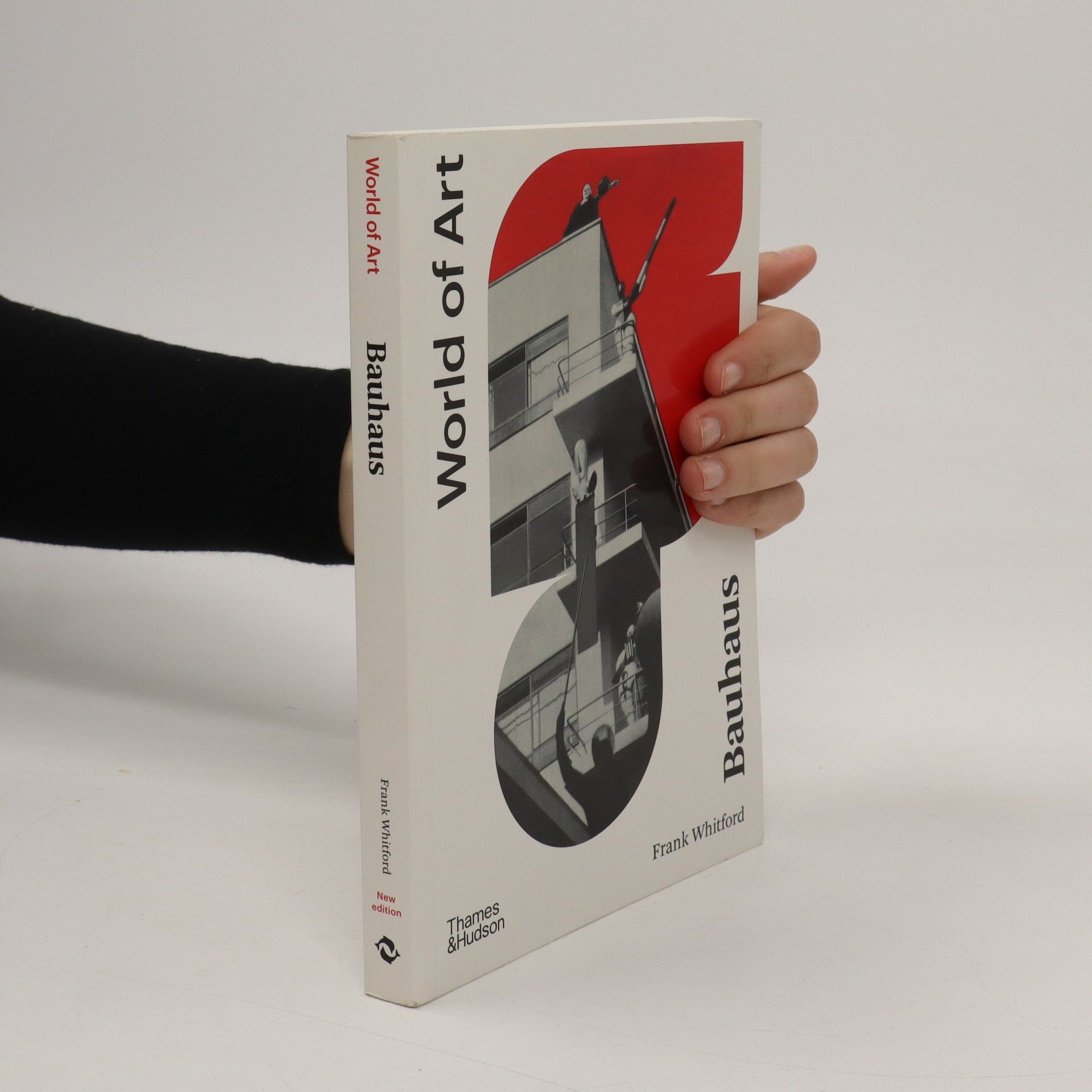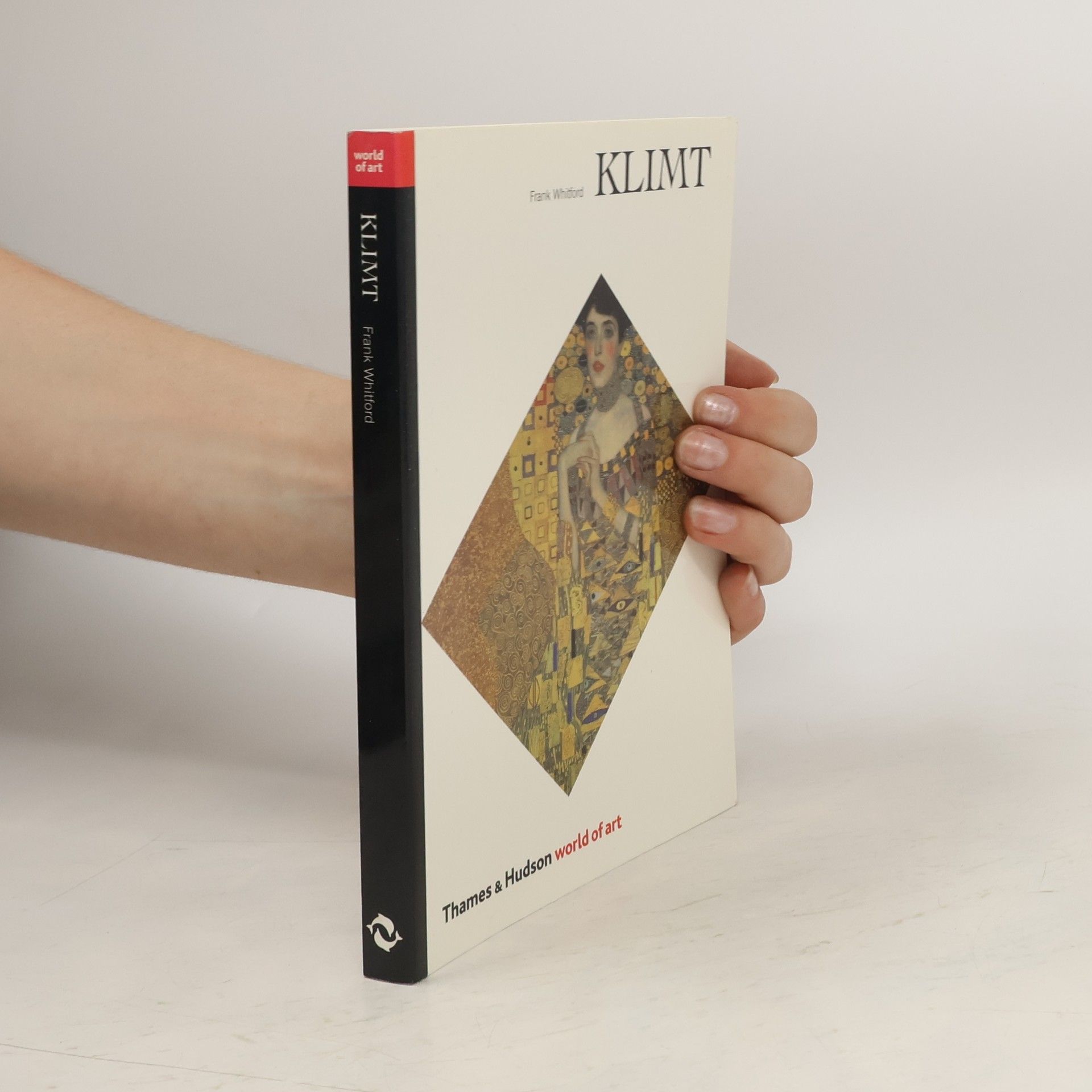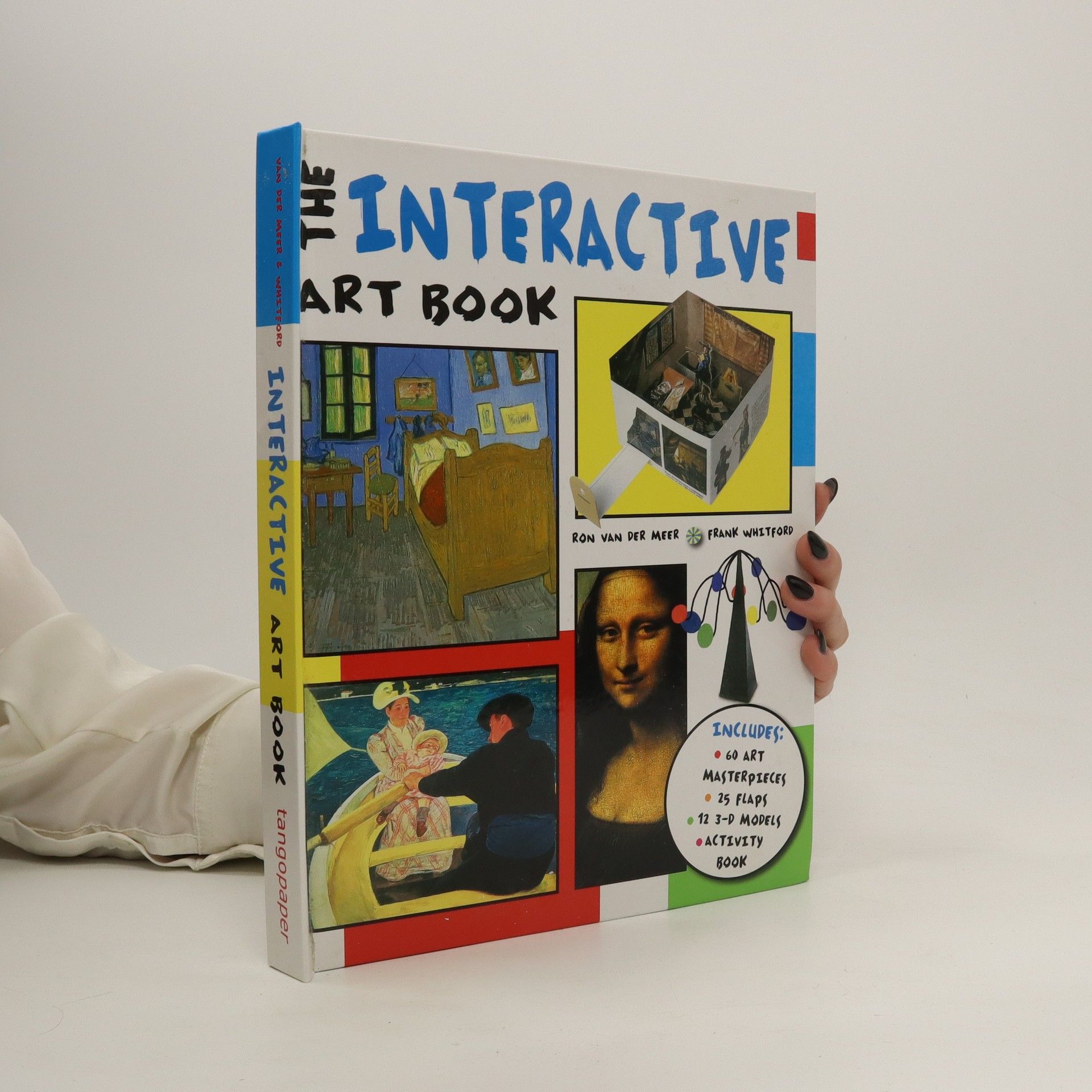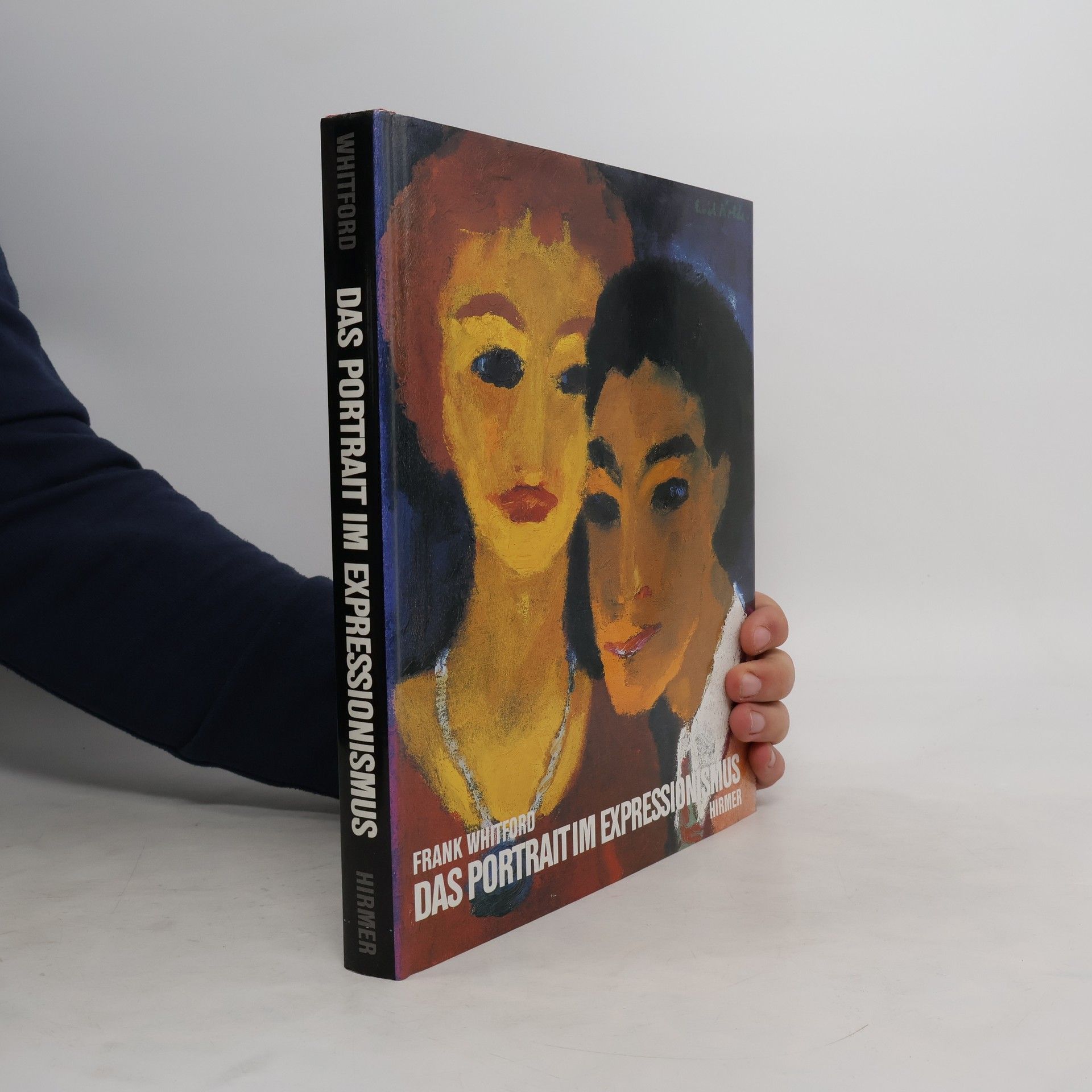Frank Whitford Book order
This author explores the elusive connection between art and politics with a keen eye for absurdity and irony. His early career as a political cartoonist provided a unique vantage point into the satirical potential of visual art, prompting a deeper dive into visual culture. He later pursued an academic path focused on art history, examining the influence of art movements and their societal contexts. His work is marked by an endeavor to uncover the complexities of human creativity and its place in the world.







- 2013
- 2012
Introducing the concepts and techniques of art as well as the work of some of history's most celebrated artists, this book is a triumph of paper engineering, using flaps, pop-ups and 3D models to demonstrate key ideas. Including a separate activity book, the set is ostensibly aimed at older children but is an entertaining look at the history of art for people of any age. Age 9+
- 1993
- 1990
Klimt
- 216 pages
- 8 hours of reading
Gustav Klimt's work brilliantly negotiates the borders between the traditional and the modern, the figurative and non-figurative. His subtly erotic portraits, richly patterned landscapes and enigmatic allegorical compositions are at once sensuous and refined, while his extravagant, ornamental style verges on abstraction. Obliged to go his own way when he was denied public commissions, Klimt became the leader of the modernists in Vienna, perhaps the greatest portraitist of his age, a landscape painter of dazzling originality and, above all, the creator of extraordinary decorative schemes. Frank Whitford examines the artist's work against the background of his time - the tragic final years of the Austro-Hungarian Empire. In the light shed by political and cultural history, Klimt's paintings and personality emerge with new clarity.
- 1986
Egon Schiele is considered by many to be the greatest draftsman of the 20th Century. The undeniable fact, however, that a considerable share of his work is of an explicitly erotic nature has blinded many people to his remarkable ability, so much that he is primarily known as an Austrian Expressionist artist of the erotic. Schiele's full artistic flowering lasted only a little over 10 years. He was cut down at the cruelly early age of 28, just as he was about to truly embrace his talent and take it to another level. Schiele's greatest early influence was the work of his older compatriot Gustav Klimt. His preferred medium was gouache, pencil, and watercolour on coarse-grained, sometimes coloured, paper. His oil paintings are relatively few in number. Because he died so young- aged only 28- art historians can only speculate where Schiele's more mature talent would have taken him if he had lived to middle, and even old, age.
- 1986
An accessible history of the Bauhaus, tracing the ideas behind its conception and its highly influential teaching methods. The aesthetic of our contemporary environment, including everything from housing estates to furniture and newspapers, is partly the result of a school of art and design founded in Germany in 1919, the Bauhaus. While in operation for only fourteen years, shut down by the Nazis in 1933, the school left an indelible mark on design and the practice of art education throughout the world. Placing Bauhaus into its sociohistorical context, Frank Whitford traces the ideas behind the school’s conception and describes its teaching methods. He examines the activities of the teachers—who included eminent artists such as Paul Klee, Josef Albers, and Wassily Kandinsky—and the daily lives of the students. Reissued and revised to mark the centenary of the founding of the Bauhaus, this is an accessible introduction to perhaps the most significant design movement of the last hundred years.
- 1980

